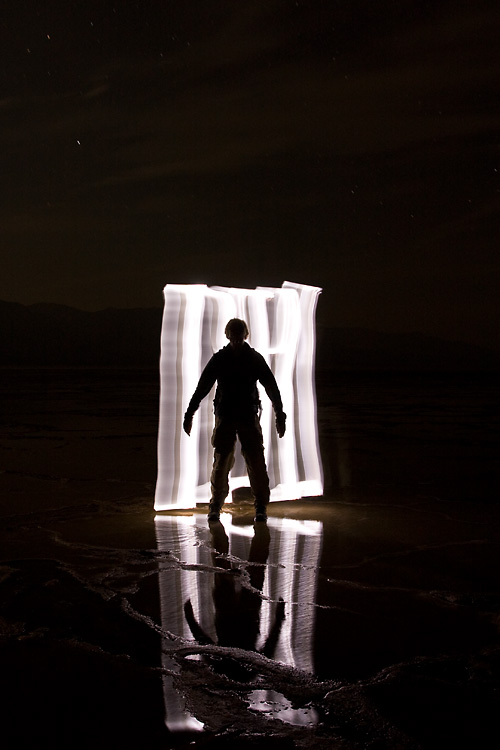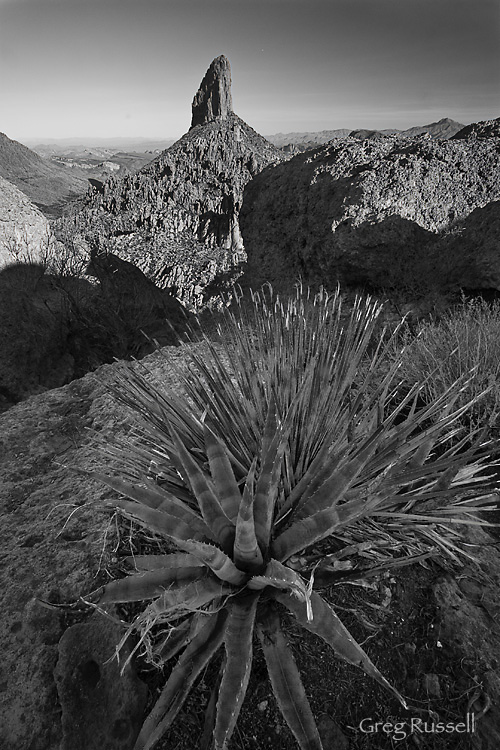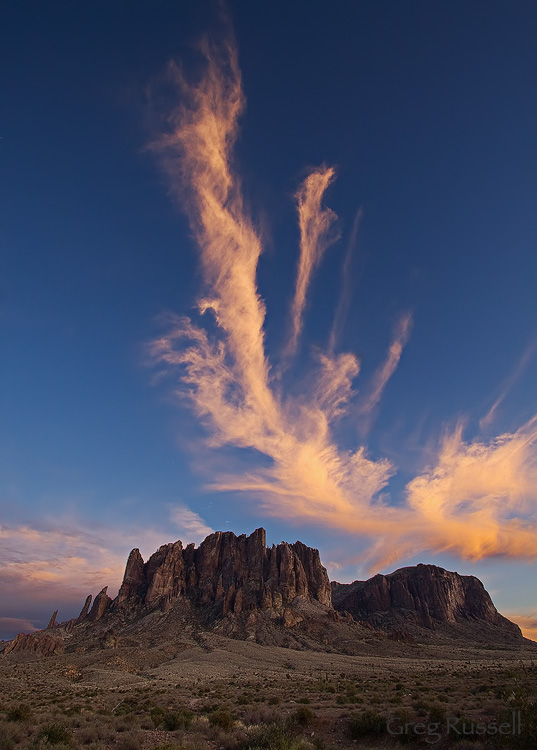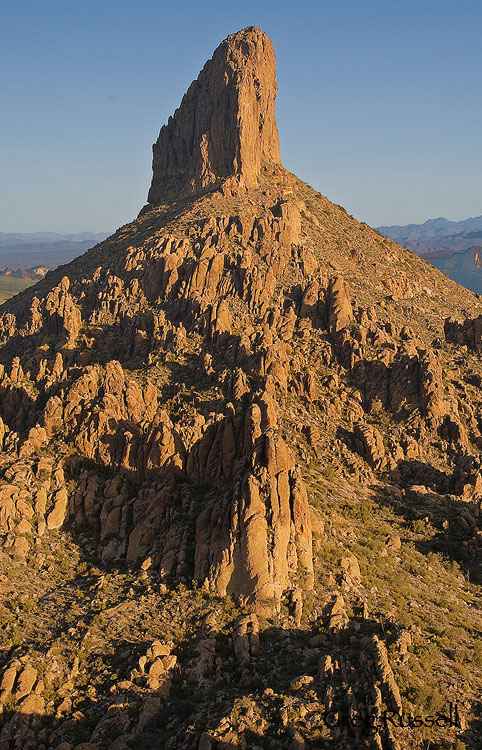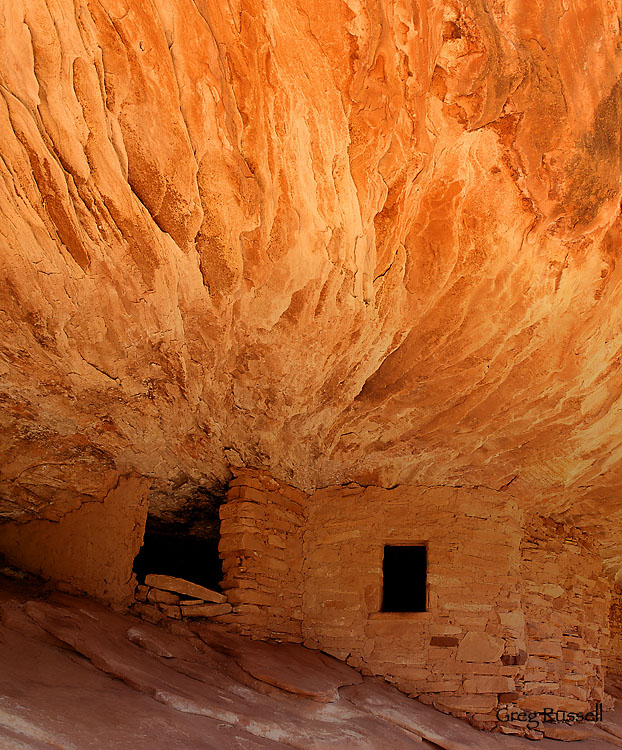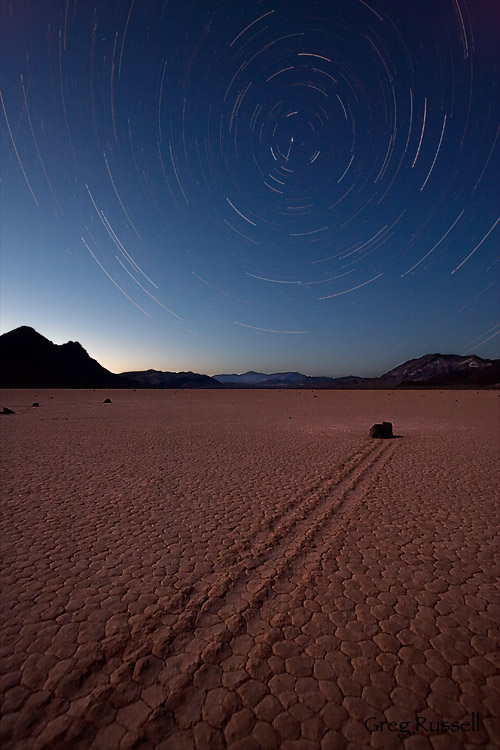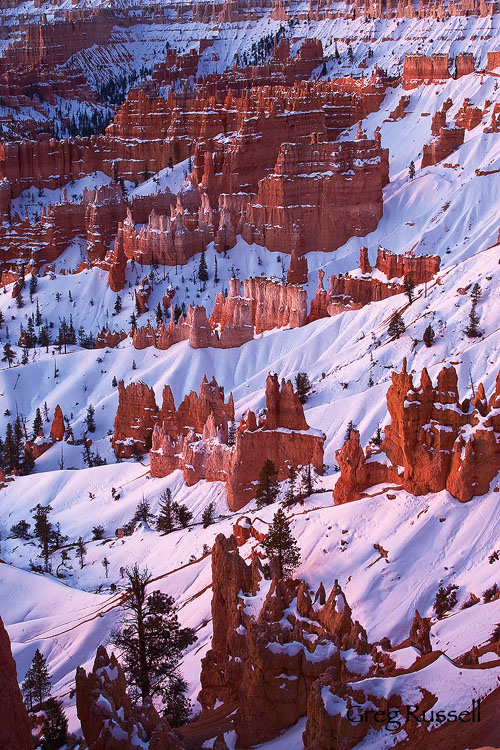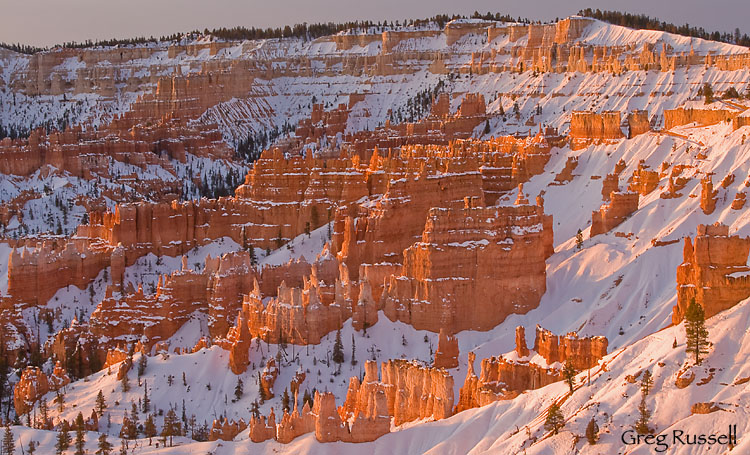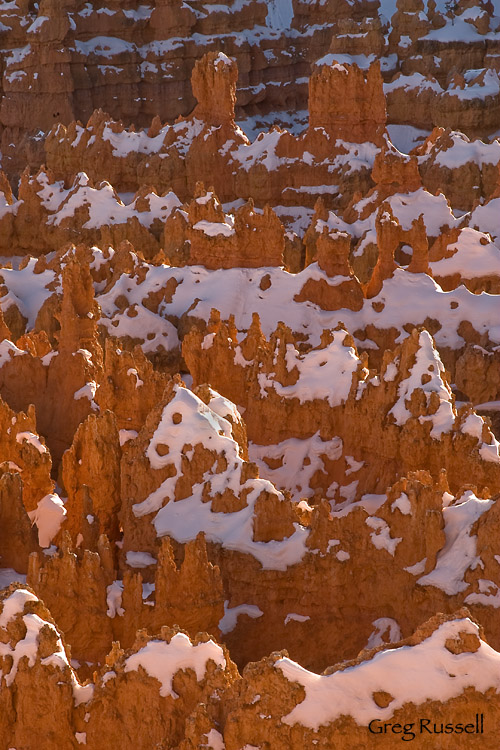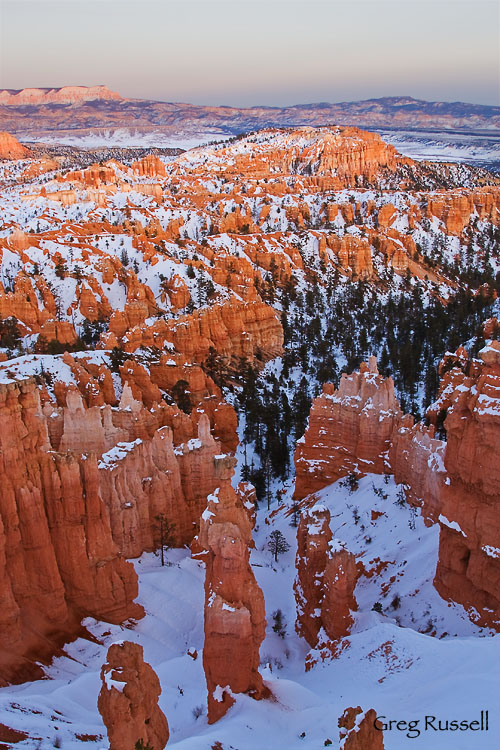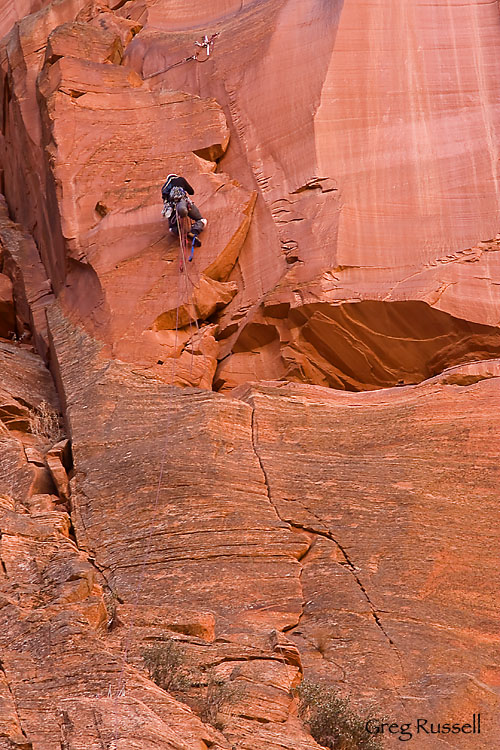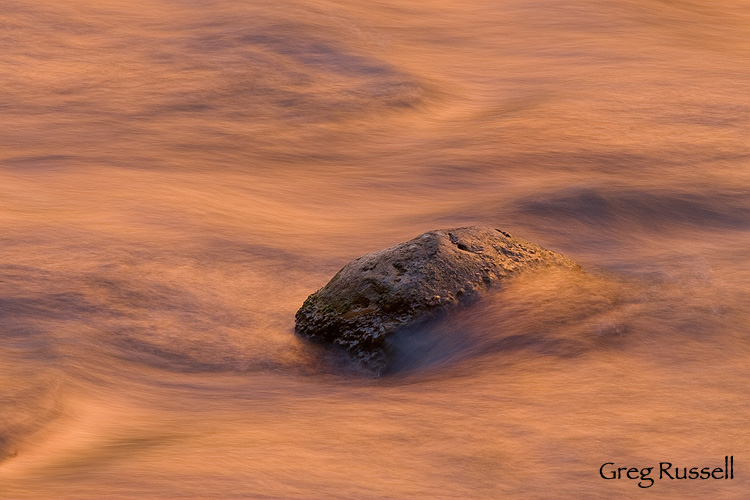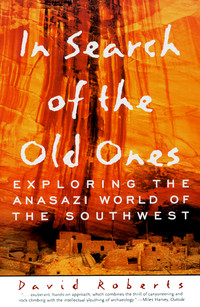This weekend, a friend and I drove to Death Valley National Park. I had heard there is currently water in Badwater Basin, and wanted to see it, as well as photograph it. Since Death Valley usually does not get enough rain to allow for standing water in the basin, this is a rare event (since January 1, Furnace Creek has received over 2″ of rain). On Friday, we arrived at Badwater about 3pm, and immediately headed to the West Side Road in search of photo opportunities.
On Friday, another storm moved into the area. In my experience, bad weather can either lead to amazing light conditions, or to very poor conditions for photography. Unfortunately, in this case, it was the latter. There wasn’t much of a sunset on Friday night. However, after dark, we headed back over to the Badwater parking area and walked out on the salt flat. Because conditions were poor for star trail photography, my friend and I did some light graffiti–one of his newest hobbies. I have to disclose that I really did nothing here, except for stand behind the camera, but this one is called ‘Badwater Blooms’.
As we were experimenting with different bloom configurations, the strangest thing happened. We thought we were alone on the salt flat, but off in the distance, we could make out a figure walking towards us. Ours was the only car in the parking lot, and no one had arrived, so we tried to say hello, thinking the person may be lost or need help. The figure didn’t say anything, but as it got closer to us, a bright light appeared behind it, and the figure disappeared, almost as quickly as it had appeared.
I managed to snap this photo before it disappeared.
Was the visitor from another dimension? Did it exit through a portal that’s only open when Badwater Basin is full of water? I’m not sure.
Unfortunately, we didn’t have much better light the next morning; in fact, we had really poor light. However, Saturday night, we had the best light I’ve had in quite some time. I’ll share those images in my next post.
You can see all my Death Valley images here.


